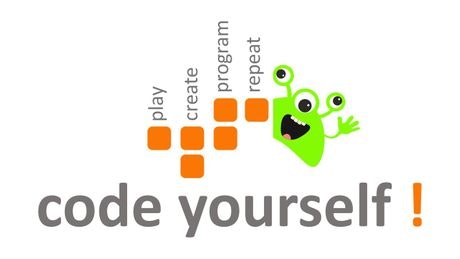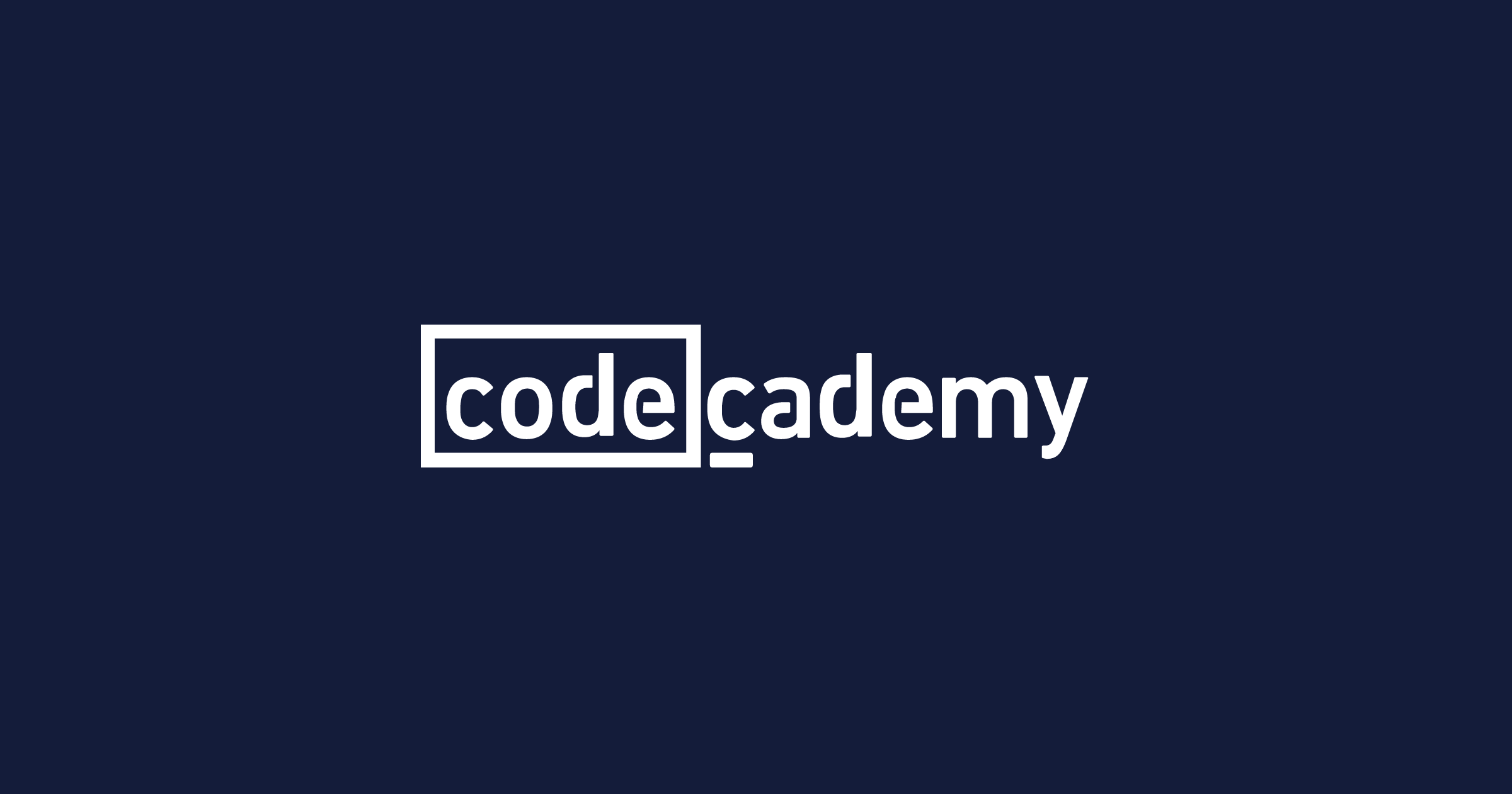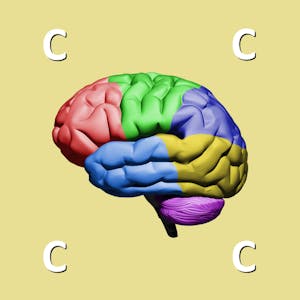Description
In this course, you will learn:-
- Students will be able to write clean, legible programmes that make debugging considerably easier by the end of this course.
- Students will be able to utilise GDB to detect and correct faults in C programmes at the end of this course.
- Students will be able to utilise Eclipse to detect and fix faults in Java programmes by the end of the course.
Syllabus:-
-
Course Breakdown
-
Syntax highlighting
-
Giving variables clear names
-
Don't Repeat Yourself (The DRY Rule)
-
Adding a for loop to remove repeated code
-
Practice: Adding for loops to improve readability
-
Adding a function to remove repeated code
-
When and where to add comments to the program
-
How to comment in common programming languages
-
Making functions as short as possible
-
Practice: Splitting a large function into multiple smaller functions
-
Formatting code properly
-
Putting similar blocks of code together
-
Indentation and line length
-
The golden rules of writing readable programs
-
Compiling C programs
-
Opening a terminal
-
Installing GDB on Linux
-
Installing LLDB On Mac
-
Installing GDB on Windows
-
Using onlinegdb.com
-
The essential GDB commands
-
Breakpoints and Watchpoints
-
Extra GDB Commands
-
Summary of all the GDB commands
-
Practice: Using GDB to fix common errors in C
-
Program 1
-
Program 2
-
Program 3
-
Using JDB - An alternative to Eclipse
-
Installing Eclipse on Mac and Windows
-
Installing Eclipse on Linux
-
Debugging our first program in Eclipse
-
Adding breakpoints in Eclipse
-
Adding watchpoints in Eclipse
-
Exception Breakpoints
-
Watching Expressions
-
Display data collections whilst debugging
-
A summary of debugging Java programs in Eclipse
-
Practice: Using Eclipse to debug some simple Java programs
-
Program 1
-
Program 2
-
Program 3








